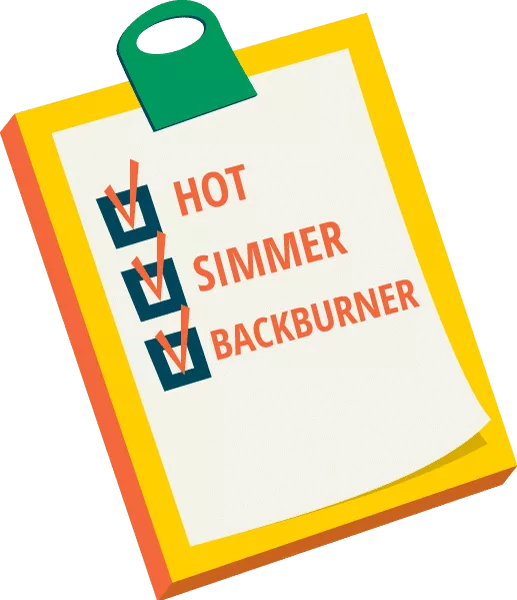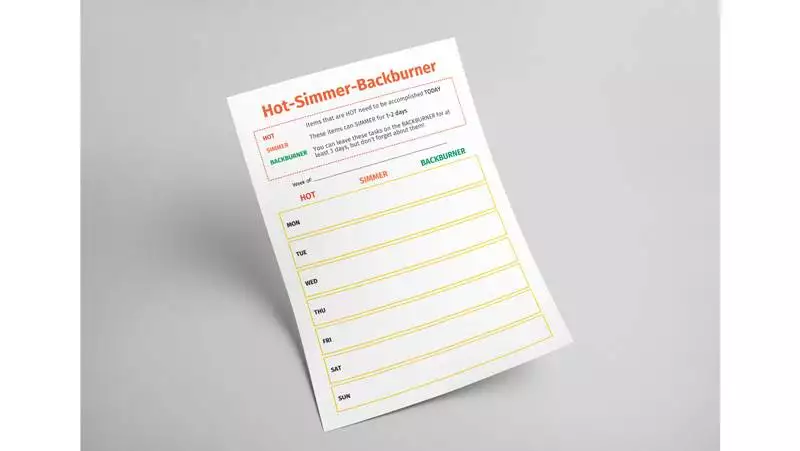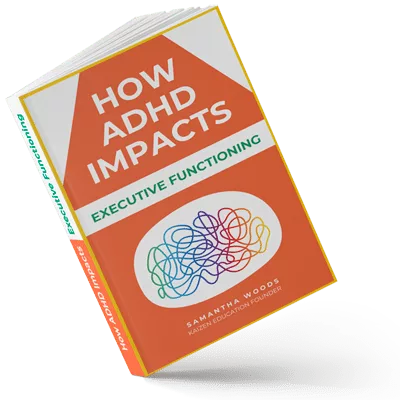Do your days seem to fly by?
Do you have enough time to finish your to-do list, meet your obligations, and wind down and relax?
Planning & Prioritization is an executive function skill we ALL need to work on sometimes. After all, who hasn’t fallen behind and felt like they were racing against the clock – I’ve been there.

What is Planning & Prioritization?
Planning and prioritization is the ability to create a roadmap to reach a goal or complete a task. It’s the ability to decide what’s important and tune out the rest.
A young child may be able to think of ways to settle a peer conflict and prioritize the best options.
A teenager may be able to plan a series of tasks to complete within a set time frame.
Why do Children and Teens Struggle with Planning & Prioritization?
Between school, extracurriculars, sports, and family obligations, many students feel like they have so much to do, and no time to do it.
Welcome to the real world, right?
Adults have years of practice developing planning and prioritization skills. Your children are not in the same boat.
Growing brains often lack the ability to prioritize and end up feeling overwhelmed.
As a parent, you might see your child procrastinating, avoiding tasks, appearing anxious, frustrated, or scattered – all while using excuses like “There isn’t enough time!”
You can nag you children and offer them all the reminders in the world, but at the end of the day, you CAN’T plan and prioritize everything for your children. Focus instead on TEACHING them how to develop this executive function skill!
How to Teach Planning & Prioritization: The Hot-Simmer-Backburner Matrix
Your child needs to learn how to break down, group, and prioritize tasks each week. My tried-and-true strategy is the Hot-Simmer-Backburner matrix!
Start by making a list of all the tasks your child has coming up for the week. This can be big, important tasks like projects and assignments or little things, like calling grandma. Tasks on the list don’t all have to be obligations – encourage your child to think of “just for fun” activities! Help them schedule time to hang out with friends or read their favourite magazine. Including these tasks teaches them how to prioritize all the tasks they want to accomplish.
Once you have a list of tasks for the week, classify tasks as HOT, SIMMER or BACKBURNER tasks:
HOT – TASKS that are HOT need to happen THAT DAY.
SIMMER – These tasks can SIMMER for a day or two.
BACKBURNER – These tasks can stay on the BACKBURNER for at least 3 days, but don’t forget about them!
Now, go ahead and fill out the HOT-SIMMER-BACKBURNER one-pager! This lays out all the tasks for the week and helps your child start to think about how various tasks fit into a schedule.
At first, you will need to sit down with your child each week and check in with them daily. But with enough time and practice, you may notice your child planning their week and sticking to the schedule all on their own!
Final Parenting Tip
Create your own Hot-Simmer-Backburner plan alongside your child! This is a great tool to keep track of what’s on YOUR plate, and it shows your child they aren’t alone. You’re in this together!
Print the Kaizen HOT-SIMMER-BACKBURNER sheet and fill it out together weekly. Post it on the fridge or in your child’s study space so they can see it frequently!
📥 Click to Download the Hot-Simmer-Backburner One-Pager here!


